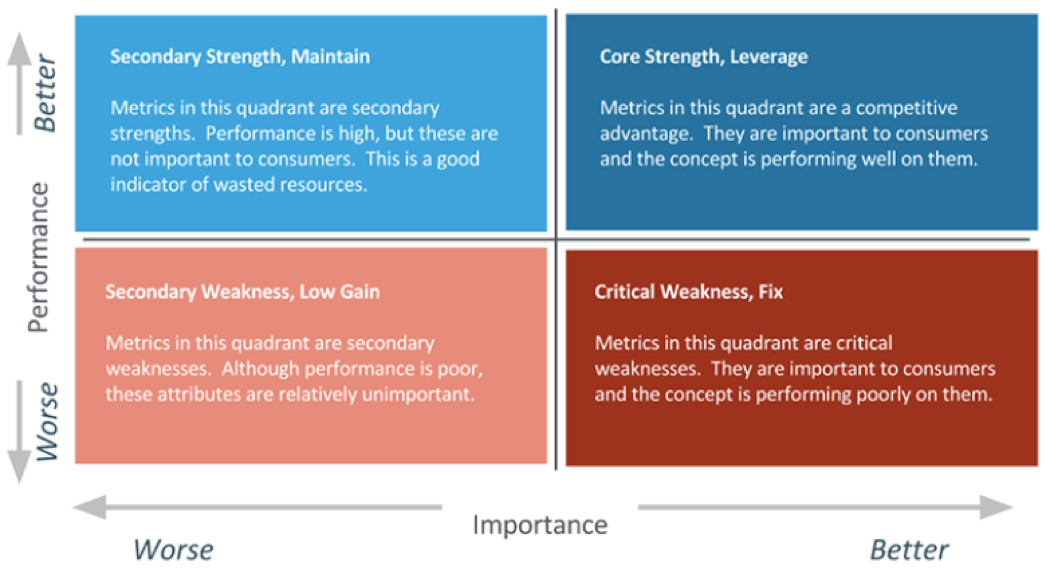Editor’s note: Brooke Patton is research and content specialist at market research firm GutCheck, Denver. This is an edited version of a post that originally appeared under the title, “Understanding key drivers analysis.”
Key drivers are more than just metrics and can be used as a method of analysis. We often incorporate a key drivers analysis when it comes to testing any product or creative concepts. There are many processes for executing this type of analysis. One example incorporates a relative weights analysis to estimate the importance of correlated attributes typically found in survey data.
Unlike a standard regression analysis, a relative weight takes into account both direct and indirect effects, which make measuring the attributes more accurate. The relative weights are rescaled to percentages, making it easy to communicate the importance of each attribute and take action on them in a meaningful way.
Key driver analysis enables you to empirically identify the metrics that have the greatest impact on key outcomes so you can focus your time and resources refining the areas that matter most.
It all starts with understanding the importance of specific attributes – there are two ways to go about this:
- Stated importance: Asking consumers what’s important to them by having them rate attributes on a five-point scale.
- Derived importance:This form of importance is more often used in a key driver analysis as it takes into account the relative importance of attributes independently (not all attributes are measured the same way in a consumer’s mind).
Whether you’re looking at stated or derived importance, attributes need to be translated in a consumer-friendly language to ensure an accurate interpretation of a study.
Relative importance
Understanding a key driver analysis is quick and painless. Recall when we assess the performance of attributes, we’re also rating their relative importance. Here is a grid to illustrate the results:

This provides a visual and easily interpretable view of the performance of key drivers. This view also shows how a concept is performing relative to certain attributes while also displaying you how important it is to the consumer so you know what areas to focus on first, or if you should focus on them at all. A key driver analysis is great for the prioritization of focus areas, especially if internal resources or capabilities are a factor.
Combine these insights with heat maps or open-ends related to concept testing and you’ll also learn how the key drivers or attributes can be improved upon. Findings from a key driver analysis are also great to incorporate into messaging and tactics. If you know a consumer places more importance on the durability of a product rather than its uniqueness, it signals to stress the durable qualities first in messaging.
